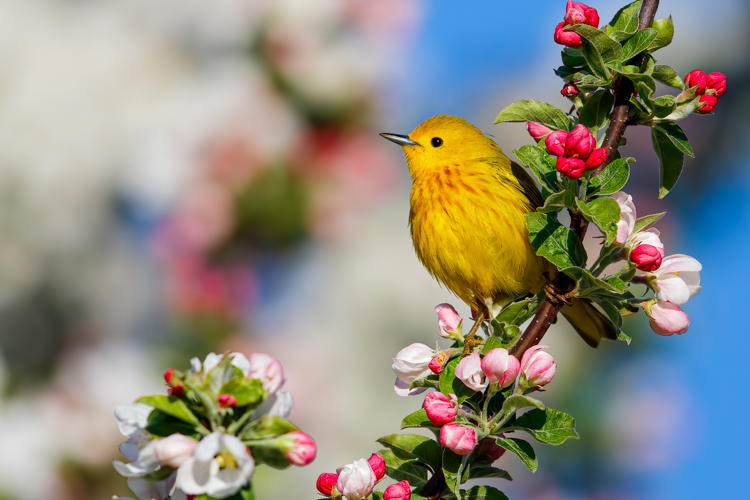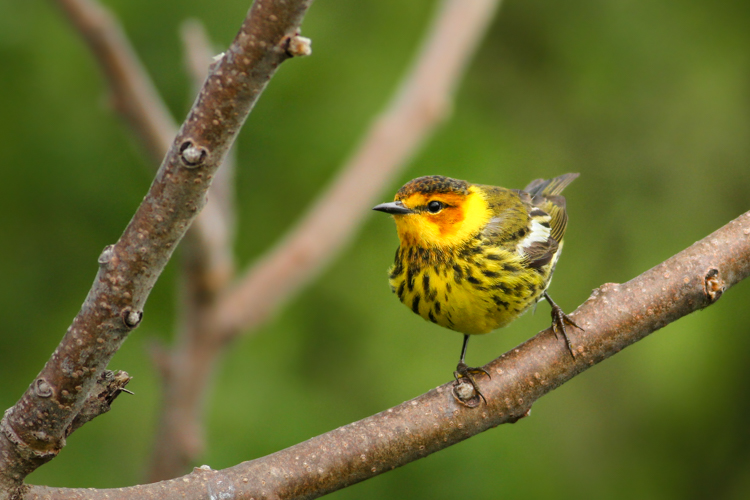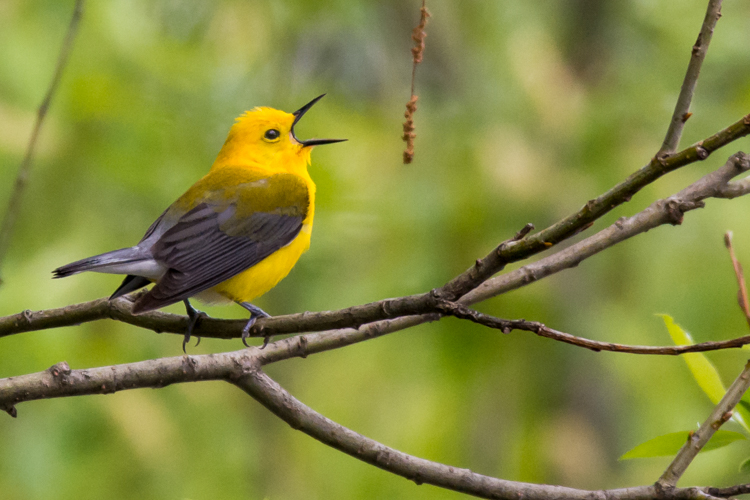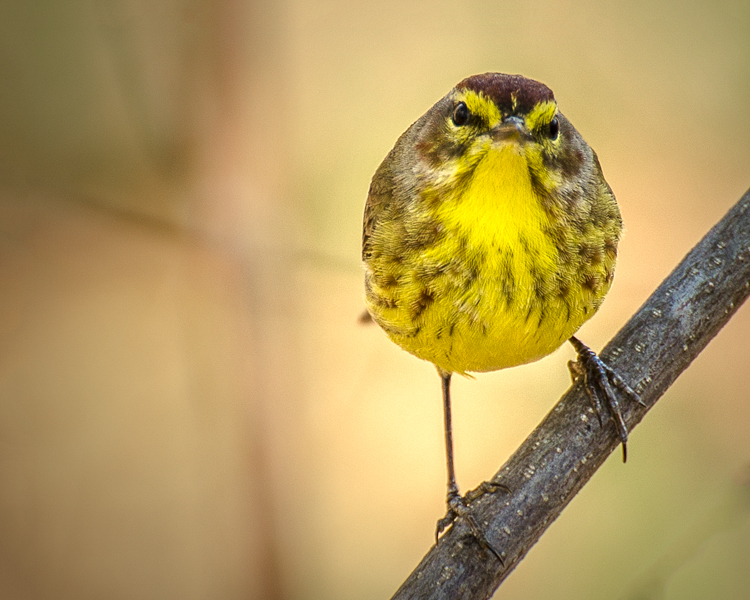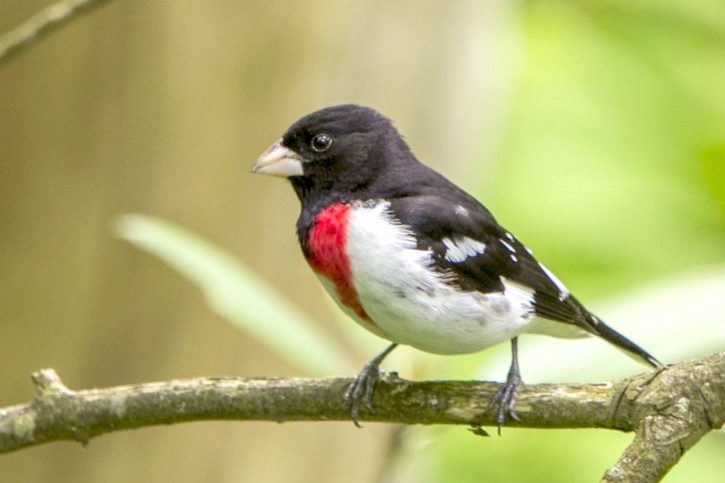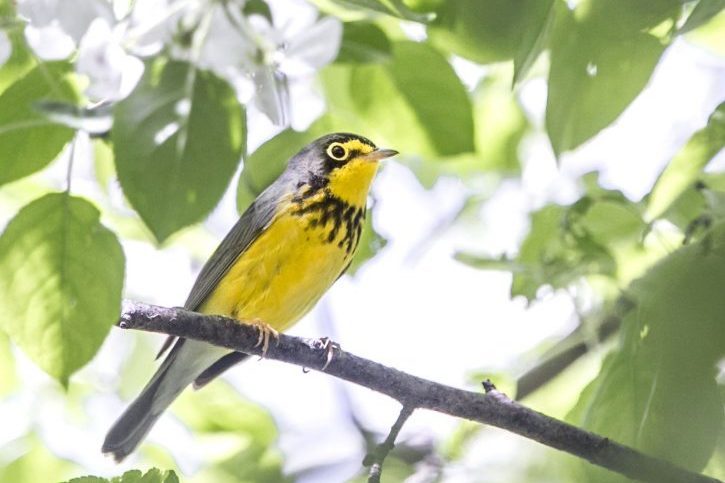Bird-a-thon is a wrap! How did you and your team fair? Spot any cool warblers?
For those new to the tradition, Bird-a-thon is Mass Audubon’s big annual fundraiser and birding competition, in which teams compete head-to-head by earning points from birding and nature activities and by birding in strategic sub-groups in an effort to identify the greatest number of bird species in 24 hours. The event takes place in mid-May, in large part because it’s peak migration season in Massachusetts for many of our migratory bird species.
One group that gets a lion’s share of the attention? Warblers. Each spring, thousands of warblers fly north from their southern winter homes to breed and raise their young, delighting us with their bright colors and distinctive markings.
With more than 30 species of warblers annually occurring in Massachusetts, these colorful avian sprites are consistently among the favorites of birdwatchers everywhere. They consistently both challenge and seduce birders with their animated but sometimes elusive behavior, preference for sheltered forest canopy, and frequently difficult-to-distinguish songs.
Below are five photos of beautiful, bright warblers from our annual Picture This: Your Great Outdoors photo contest to celebrate the end of another successful Bird-a-thon. And check out the hundreds of birding programs happening at Mass Audubon wildlife sanctuaries across the state this spring and summer. May you be blessed with a wealth of warblers!
